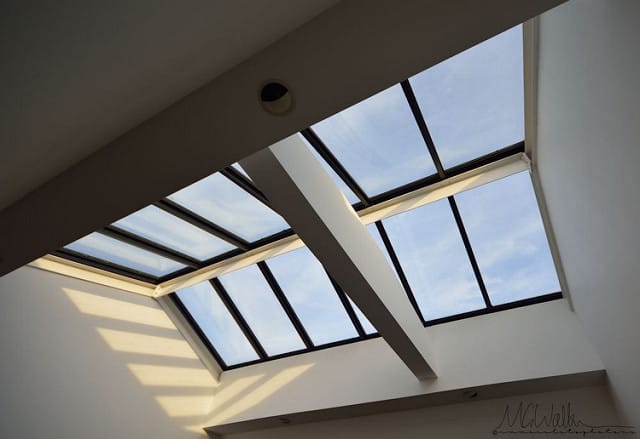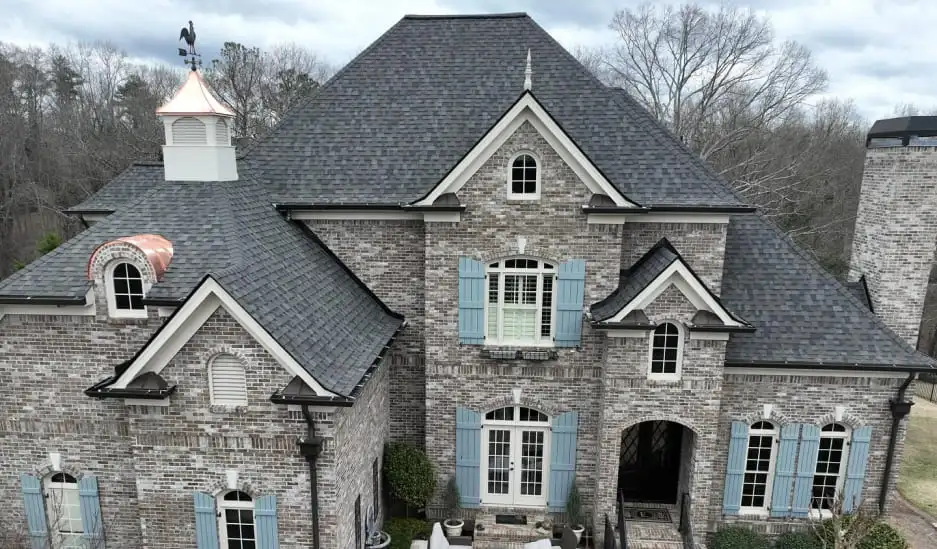
Skylights: Sometimes, they may appear to be nothing more than windows. However, they’re actually a very different building feature.
That said, only skilled professionals should install and maintain skylights. Thinking about getting skylights to add more light and space to your home? Make sure you know how they could impact your roof first:
Adding Edges to Your Roof: The Bad News
Skylights don’t have to make your roof weaker – especially if they’re properly installed. However, they can increase your chance of leaks and other related problems. When you install skylights, you add new edges to your roof. This requires new flashing, new sealants, and for new shapes to be cut through important roofing materials. All of this can add to the risk of something going wrong (i.e. moisture seeping into weak spots). If something like that does happen, your roof will require swift repairs.
Remember, skylights don’t have to be a new source of leaks, but they do need to be carefully placed and maintained to avoid problems.
Roof Slopes and Skylights
Where can you put a skylight? Almost anywhere! Today’s skylights are very versatile when it comes to placement. You can put them on a flat section of a roof or on a slope. You can even put them in attics and install a “chase” or tunnel that channels sunlight down to ceiling level.
While there’s a type of skylight for every homeowner’s plan, they aren’t all created equal. Flat roof skylights remain the easiest and cheapest to install. Slope roof skylights may be more expensive and require extra features for protection. Finally, there are simply some spots where the roof structure is too complex or fragile for skylight installation. This is why it’s important to be flexible. Make sure you talk about your plans with an architect or contractor before settling on the right solution.
Size Considerations
How big do you want your skylights to be? You have choices, but you are also limited by the style of your roof. For example, the average truss framing in many residential rooftops only provides enough room for a two-foot-wide window section. If you want a bigger skylight, you will have to cut into trusses and possibly set up additional supports. This can quickly become expensive. If you are willing to pay for it, skylights can be as wide as four feet and as long as six feet (under the right conditions). Any larger than that, and the roof structure becomes too compromised!
A Note on Cleaning
Your skylights are going to get dirty: How will you clean them? Someone is going to have to climb up on the roof and wash them by hand. However, roofers get very uneasy about the thought of other people walking around on rooftops because it’s very easy to damage flashing, protective coatings, and shingles by stepping on the wrong spots. Make sure you or your cleaner has the necessary experience to clean skylights without hurting your roof.



